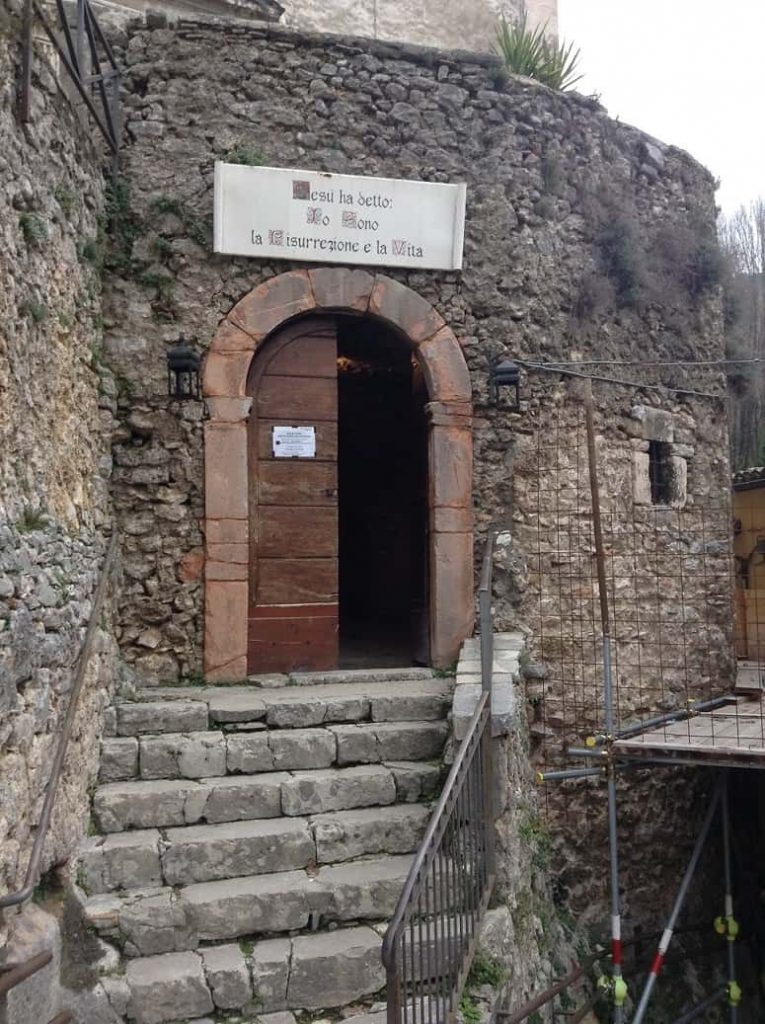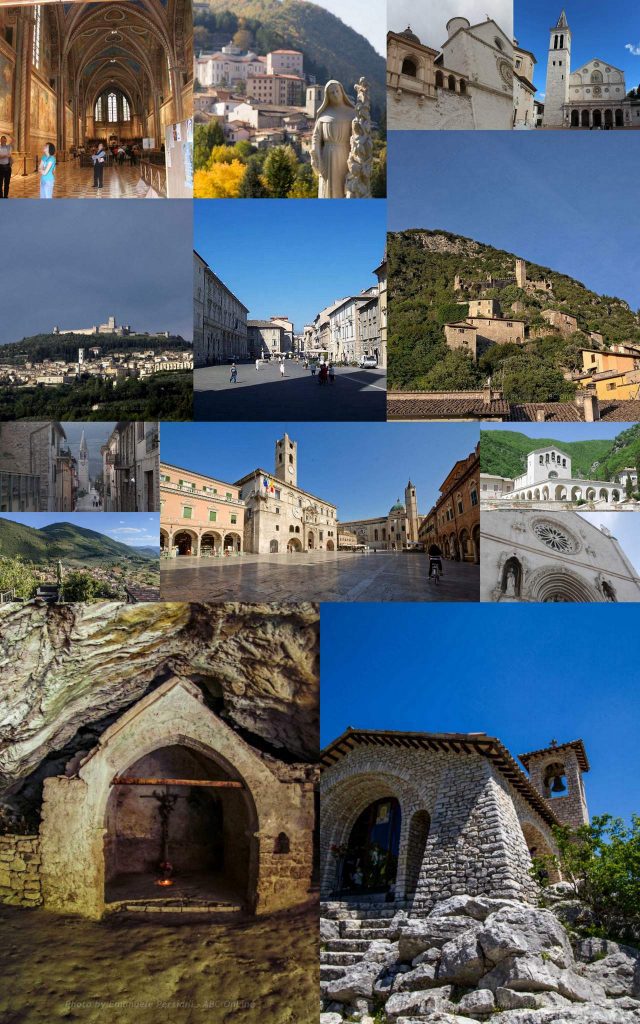Ferentillo is famous for its history, of which the Mummy Museum is an integral part. It is a small Italian municipality of about 1,800 inhabitants in the province of Terni and is divided into two villages, Matterella and Precetto, separated by the river Nera.
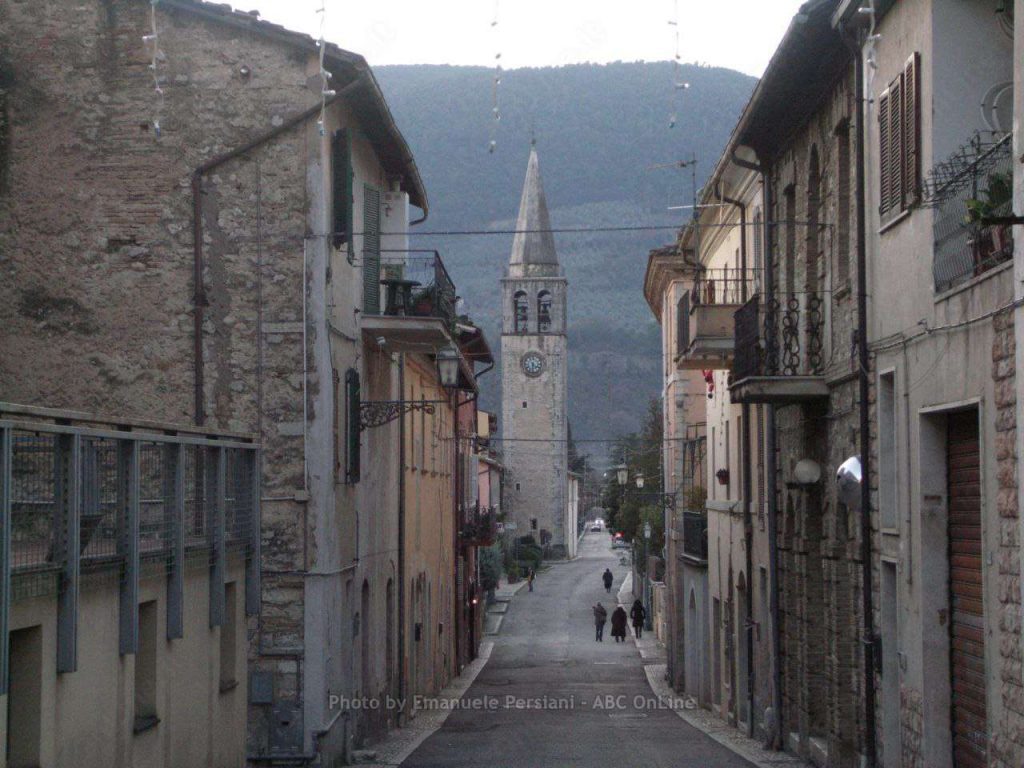
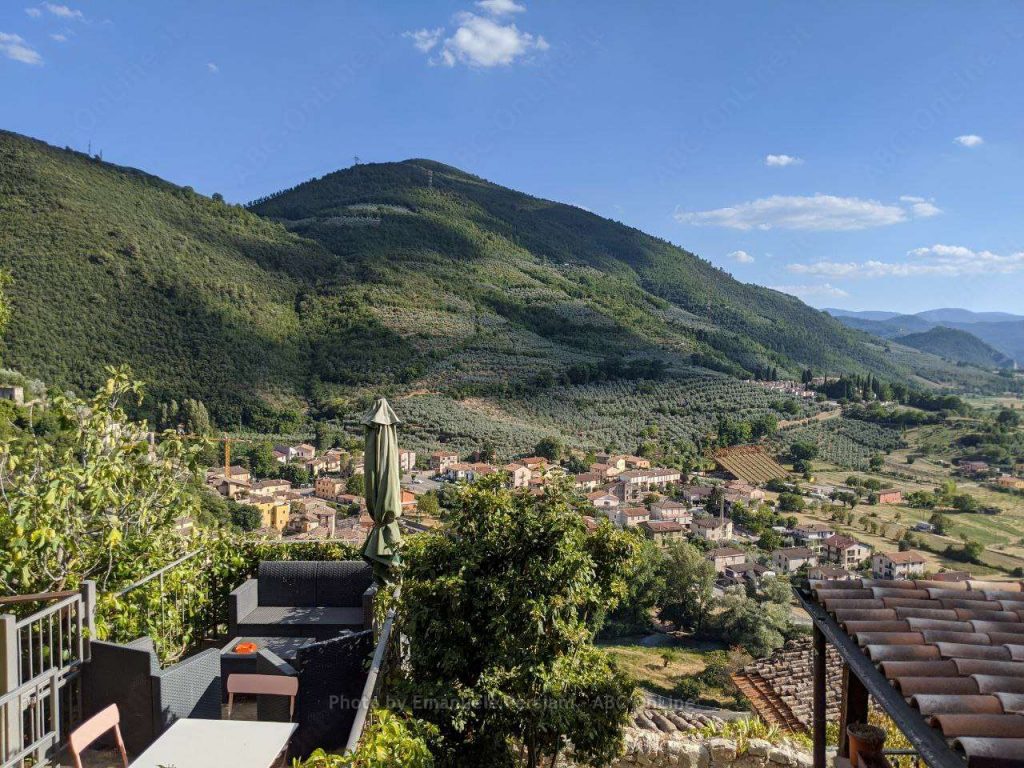
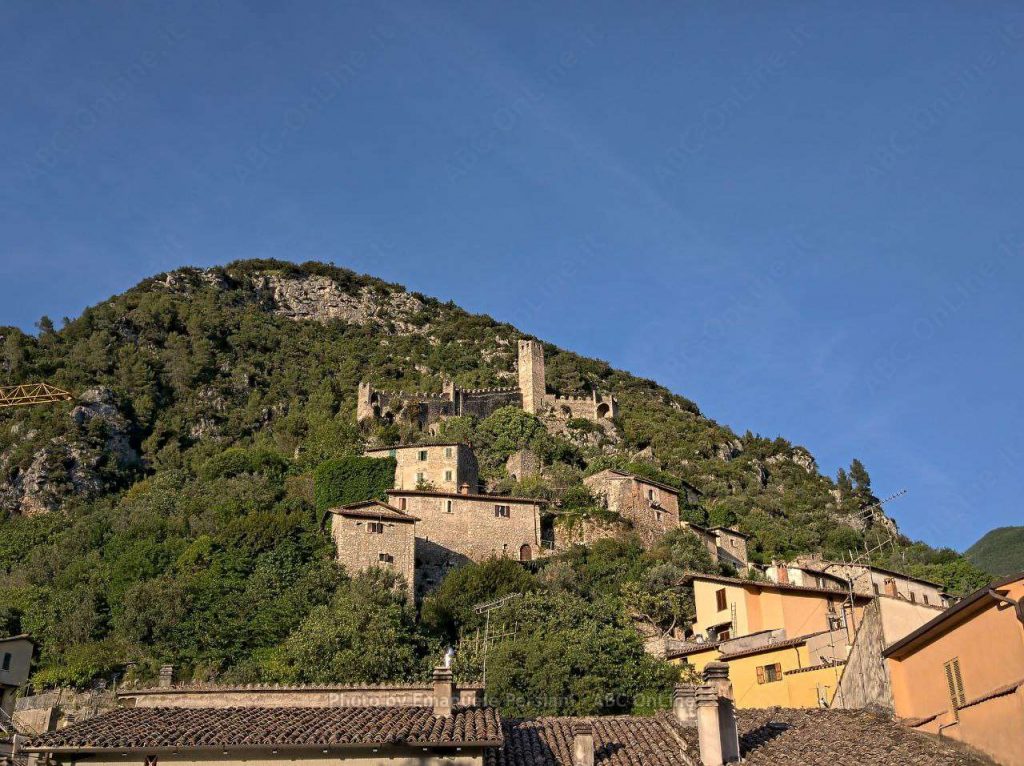
Ferentillo history
In 740 the Lombard king Liutprand left the ancient city of Ferento and came to Valnerina. He colonised these uninhabited areas, surrounded by unhealthy swamps, and founded the new town of Ferentillo (from the Latin “Ferentillum” or “little Ferento”) in memory of his abandoned homeland. The town is crossed by the river Nera, which divides it into two nuclei: Precetto and Matterella, characterised by noble palaces, artistic churches and fan-shaped alleys. The imposing presence of the two fortresses that have dominated the town since 1100, and that of Umbriano, served as a bulwark for the defence of the nearby Abbey of San Pietro in Valle, built in 720 by Faroaldo II, Lombard Duke of Spoleto, who enlarged the church founded by the hermits Giovanni and Lazzaro in 535. The vicissitudes of Ferentillo always followed those of the abbey, and the abbey feud tried to make itself independent both from the Duchy of Spoleto and from the Lateran Chapter. The territory became a small state in 1484, thanks to Pope Innocent VIII Cybo, who appointed his legitimate son Franceschetto Cybo as First Lord.
Mummies Museum
The Museum of Mummies in Ferentillo is a place where mummification takes place through natural processes, without the use of artificial elements, and is still being studied today. Inside the Museum you can see a series of mummified bodies that were first discovered after the Napoleonic Edict of Saint Cloud, the ‘Décret Impérial sur les Sépultures’, which, from 1806, prohibited burials within the city walls and required bodies to be moved to areas outside the city.
It was only then that it was discovered that the bodies in the crypt of the church of Santo Stefano di Precetto di Ferentillo were perfectly mummified.
Today the Ferentillo Mummy Museum houses 24 bodies and is one of the most visited museums in Umbria.
Nera river and the Museum of Mummies
Water has always been an essential element for the area and especially here. The presence of water is one of the elements that gave rise to mummification: the proximity of the Nera river represents the link with the humidity of the soil.
Before it was inhabited, the Precetto was a marshy area that was later reclaimed. The soil is rich in calcareous elements which, together with the air in the area, act as a natural preservative for the body.
Today, the river runs through the village of Ferentillo. Water plays a fundamental role in agricultural activities, sports (rafting) and, therefore, in the creation of the museum.
Would you like to know how to walk these routes? Would you like the assistance of a guide? CONTACT US
